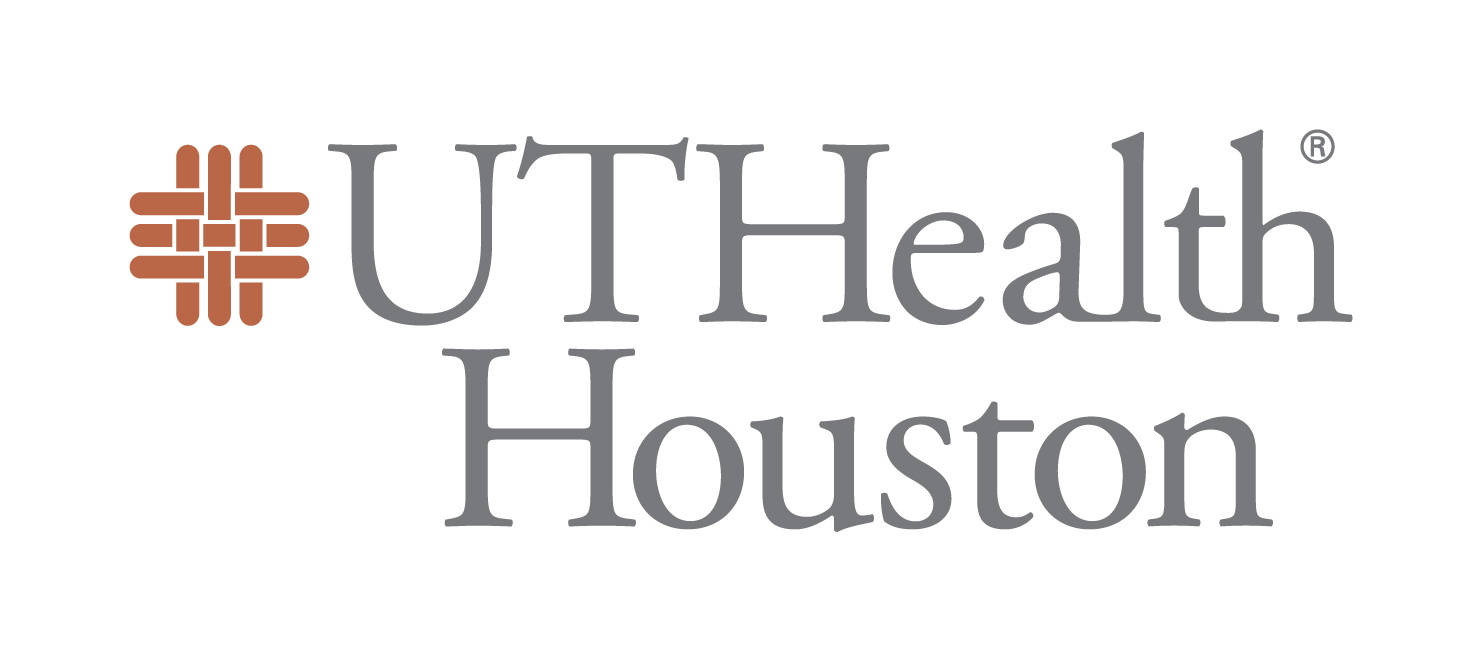| Tissue | Expression Dynamics | Abbreviation |
| Colorectum (GSE201348) |  | FAP: Familial adenomatous polyposis |
| CRC: Colorectal cancer |
| Colorectum (HTA11) |  | AD: Adenomas |
| SER: Sessile serrated lesions |
| MSI-H: Microsatellite-high colorectal cancer |
| MSS: Microsatellite stable colorectal cancer |
| Esophagus | 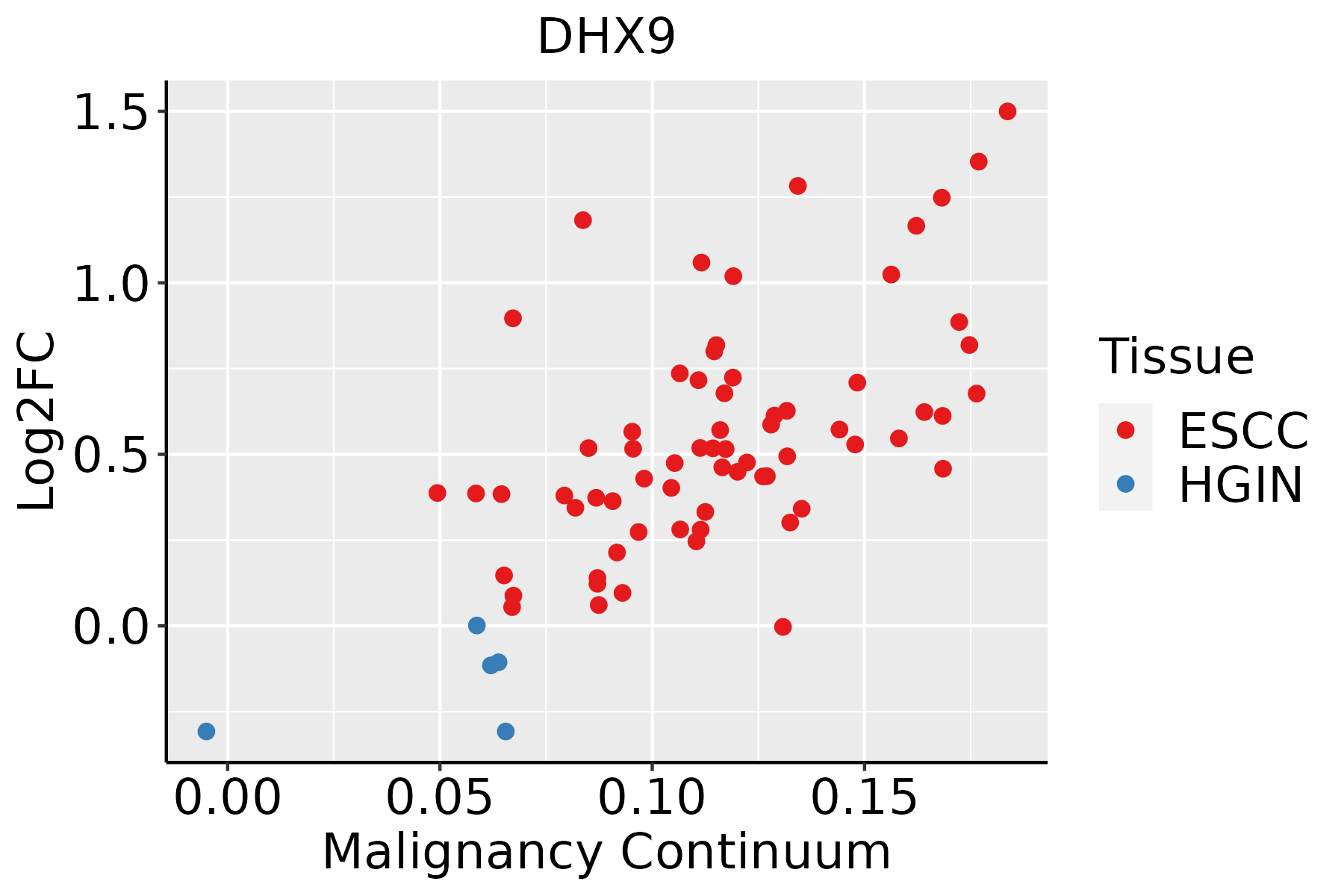 | ESCC: Esophageal squamous cell carcinoma |
| HGIN: High-grade intraepithelial neoplasias |
| LGIN: Low-grade intraepithelial neoplasias |
| Liver |  | HCC: Hepatocellular carcinoma |
| NAFLD: Non-alcoholic fatty liver disease |
| Lung |  | AAH: Atypical adenomatous hyperplasia |
| AIS: Adenocarcinoma in situ |
| IAC: Invasive lung adenocarcinoma |
| MIA: Minimally invasive adenocarcinoma |
| Oral Cavity |  | EOLP: Erosive Oral lichen planus |
| LP: leukoplakia |
| NEOLP: Non-erosive oral lichen planus |
| OSCC: Oral squamous cell carcinoma |
| Prostate |  | BPH: Benign Prostatic Hyperplasia |
| Skin |  | AK: Actinic keratosis |
| cSCC: Cutaneous squamous cell carcinoma |
| SCCIS:squamous cell carcinoma in situ |
| Thyroid |  | ATC: Anaplastic thyroid cancer |
| HT: Hashimoto's thyroiditis |
| PTC: Papillary thyroid cancer |
| GO ID | Tissue | Disease Stage | Description | Gene Ratio | Bg Ratio | pvalue | p.adjust | Count |
| GO:00510912 | Colorectum | MSS | positive regulation of DNA-binding transcription factor activity | 69/3467 | 260/18723 | 8.44e-04 | 8.71e-03 | 69 |
| GO:20010221 | Colorectum | MSS | positive regulation of response to DNA damage stimulus | 33/3467 | 105/18723 | 9.83e-04 | 9.86e-03 | 33 |
| GO:00323921 | Colorectum | MSS | DNA geometric change | 29/3467 | 90/18723 | 1.26e-03 | 1.20e-02 | 29 |
| GO:00601471 | Colorectum | MSS | regulation of posttranscriptional gene silencing | 19/3467 | 52/18723 | 1.66e-03 | 1.49e-02 | 19 |
| GO:0051090 | Colorectum | MSS | regulation of DNA-binding transcription factor activity | 106/3467 | 440/18723 | 1.88e-03 | 1.65e-02 | 106 |
| GO:0006405 | Colorectum | MSS | RNA export from nucleus | 27/3467 | 84/18723 | 1.89e-03 | 1.66e-02 | 27 |
| GO:00062821 | Colorectum | MSS | regulation of DNA repair | 38/3467 | 130/18723 | 1.93e-03 | 1.67e-02 | 38 |
| GO:00609642 | Colorectum | MSS | regulation of gene silencing by miRNA | 18/3467 | 49/18723 | 2.03e-03 | 1.74e-02 | 18 |
| GO:0060966 | Colorectum | MSS | regulation of gene silencing by RNA | 19/3467 | 53/18723 | 2.14e-03 | 1.80e-02 | 19 |
| GO:00324811 | Colorectum | MSS | positive regulation of type I interferon production | 20/3467 | 58/18723 | 2.82e-03 | 2.20e-02 | 20 |
| GO:2000637 | Colorectum | MSS | positive regulation of gene silencing by miRNA | 12/3467 | 30/18723 | 5.00e-03 | 3.46e-02 | 12 |
| GO:0045739 | Colorectum | MSS | positive regulation of DNA repair | 23/3467 | 73/18723 | 5.22e-03 | 3.57e-02 | 23 |
| GO:00015032 | Colorectum | MSS | ossification | 96/3467 | 408/18723 | 6.09e-03 | 4.07e-02 | 96 |
| GO:0060148 | Colorectum | MSS | positive regulation of posttranscriptional gene silencing | 12/3467 | 31/18723 | 6.80e-03 | 4.39e-02 | 12 |
| GO:0032508 | Colorectum | MSS | DNA duplex unwinding | 25/3467 | 84/18723 | 8.27e-03 | 4.99e-02 | 25 |
| GO:00021814 | Colorectum | FAP | cytoplasmic translation | 76/2622 | 148/18723 | 3.31e-27 | 2.03e-23 | 76 |
| GO:19033114 | Colorectum | FAP | regulation of mRNA metabolic process | 97/2622 | 288/18723 | 1.35e-17 | 4.13e-14 | 97 |
| GO:00160324 | Colorectum | FAP | viral process | 114/2622 | 415/18723 | 3.00e-13 | 2.63e-10 | 114 |
| GO:00098954 | Colorectum | FAP | negative regulation of catabolic process | 91/2622 | 320/18723 | 9.66e-12 | 4.96e-09 | 91 |
| GO:00506844 | Colorectum | FAP | regulation of mRNA processing | 51/2622 | 137/18723 | 9.70e-12 | 4.96e-09 | 51 |
| Hugo Symbol | Variant Class | Variant Classification | dbSNP RS | HGVSc | HGVSp | HGVSp Short | SWISSPROT | BIOTYPE | SIFT | PolyPhen | Tumor Sample Barcode | Tissue | Histology | Sex | Age | Stage | Therapy Types | Drugs | Outcome |
| DHX9 | SNV | Missense_Mutation | novel | c.1531N>T | p.Asp511Tyr | p.D511Y | Q08211 | protein_coding | deleterious(0) | probably_damaging(1) | TCGA-A7-A5ZW-01 | Breast | breast invasive carcinoma | Female | <65 | I/II | Chemotherapy | cyclophosphamide | CR |
| DHX9 | SNV | Missense_Mutation | | c.2173N>T | p.Val725Phe | p.V725F | Q08211 | protein_coding | deleterious(0.04) | probably_damaging(0.998) | TCGA-A8-A09Z-01 | Breast | breast invasive carcinoma | Female | >=65 | I/II | Unknown | Unknown | SD |
| DHX9 | SNV | Missense_Mutation | | c.3280C>T | p.His1094Tyr | p.H1094Y | Q08211 | protein_coding | tolerated(1) | benign(0.157) | TCGA-AC-A23H-01 | Breast | breast invasive carcinoma | Female | >=65 | I/II | Unknown | Unknown | PD |
| DHX9 | SNV | Missense_Mutation | | c.2714G>A | p.Arg905Gln | p.R905Q | Q08211 | protein_coding | deleterious(0.02) | probably_damaging(0.984) | TCGA-AN-A046-01 | Breast | breast invasive carcinoma | Female | >=65 | I/II | Unknown | Unknown | SD |
| DHX9 | SNV | Missense_Mutation | novel | c.2202N>C | p.Gln734His | p.Q734H | Q08211 | protein_coding | deleterious(0) | probably_damaging(0.95) | TCGA-BH-A0B6-01 | Breast | breast invasive carcinoma | Female | <65 | I/II | Unknown | Unknown | SD |
| DHX9 | SNV | Missense_Mutation | rs754675901 | c.1582C>T | p.Arg528Cys | p.R528C | Q08211 | protein_coding | deleterious(0) | probably_damaging(1) | TCGA-BH-A18G-01 | Breast | breast invasive carcinoma | Female | >=65 | I/II | Unknown | Unknown | SD |
| DHX9 | SNV | Missense_Mutation | | c.176G>A | p.Ser59Asn | p.S59N | Q08211 | protein_coding | tolerated(0.22) | benign(0.281) | TCGA-BH-A1F0-01 | Breast | breast invasive carcinoma | Female | >=65 | I/II | Unknown | Unknown | PD |
| DHX9 | SNV | Missense_Mutation | novel | c.929N>G | p.Leu310Arg | p.L310R | Q08211 | protein_coding | deleterious(0.01) | probably_damaging(0.97) | TCGA-C8-A8HQ-01 | Breast | breast invasive carcinoma | Female | <65 | I/II | Unknown | Unknown | SD |
| DHX9 | SNV | Missense_Mutation | | c.2588G>A | p.Arg863His | p.R863H | Q08211 | protein_coding | deleterious(0.05) | probably_damaging(0.993) | TCGA-D8-A1JE-01 | Breast | breast invasive carcinoma | Female | <65 | I/II | Chemotherapy | adriamicin | SD |
| DHX9 | SNV | Missense_Mutation | | c.67N>G | p.Ile23Val | p.I23V | Q08211 | protein_coding | tolerated(0.92) | benign(0.028) | TCGA-E9-A1NI-01 | Breast | breast invasive carcinoma | Female | <65 | I/II | Chemotherapy | doxorubicin | CR |








 Identification of the aberrant gene expression in precancerous and cancerous lesions by comparing the gene expression of stem-like cells in diseased tissues with normal stem cells
Identification of the aberrant gene expression in precancerous and cancerous lesions by comparing the gene expression of stem-like cells in diseased tissues with normal stem cells Find out the enriched GO biological processes and KEGG pathways involved in transition from healthy to precancer to cancer
Find out the enriched GO biological processes and KEGG pathways involved in transition from healthy to precancer to cancer
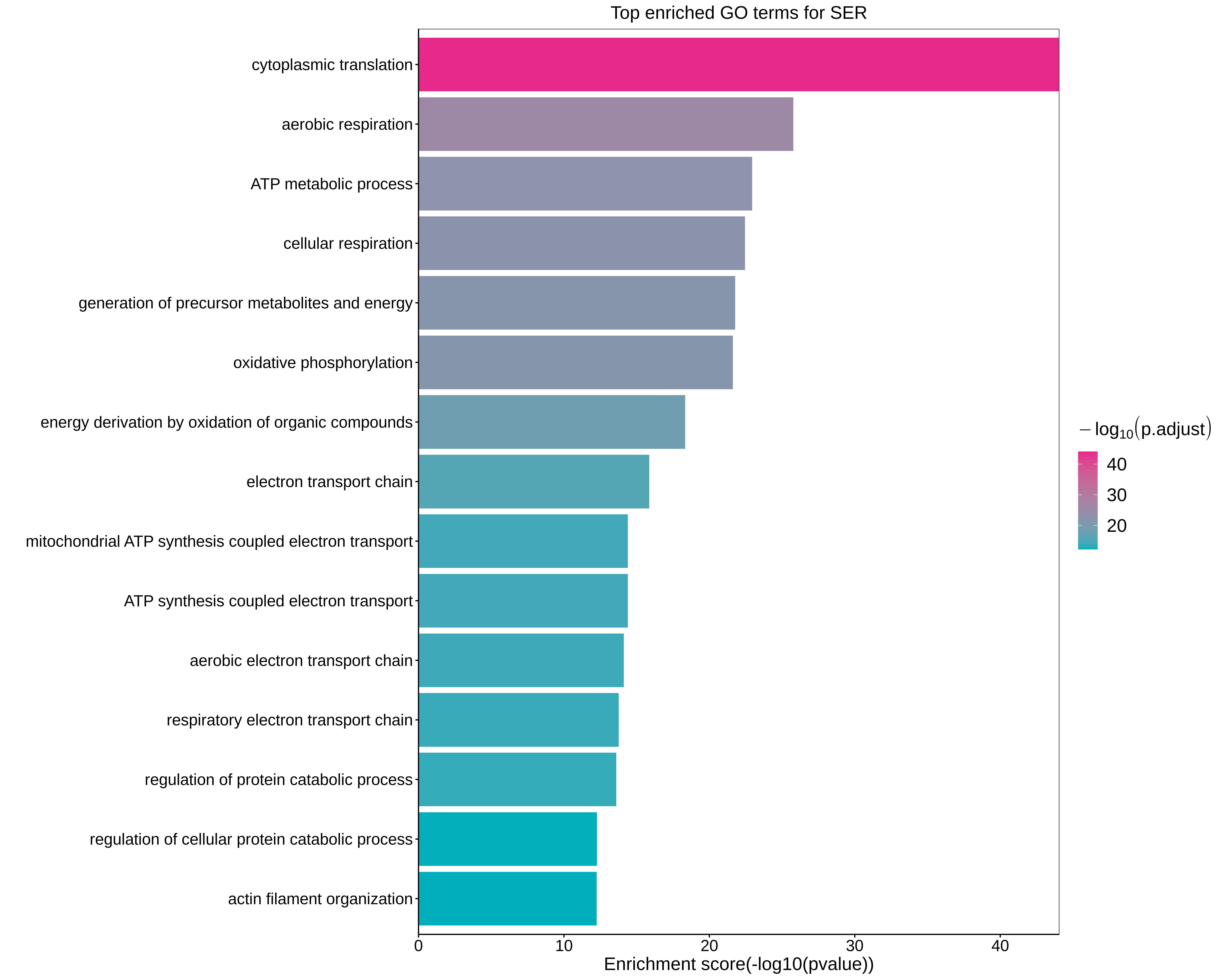

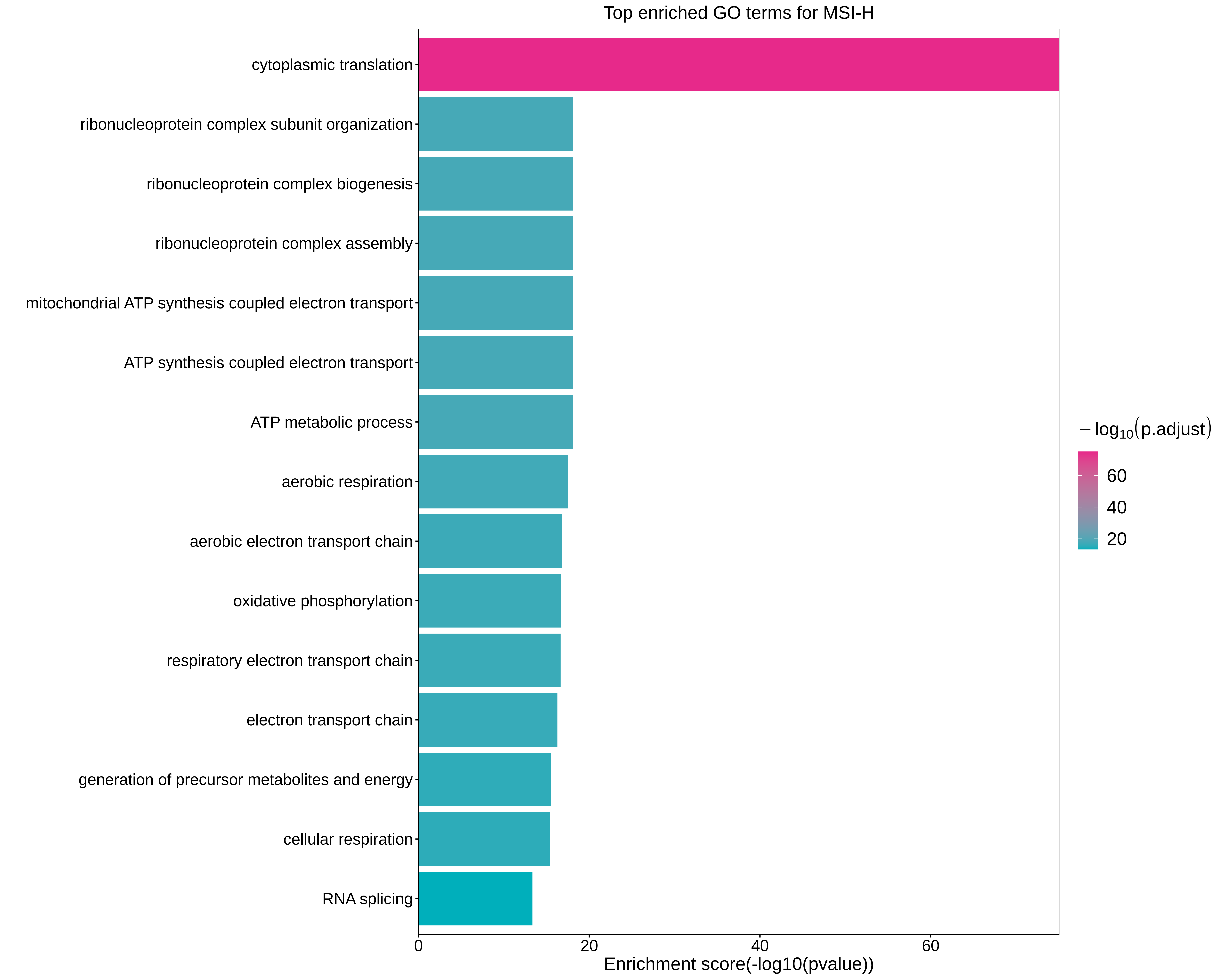
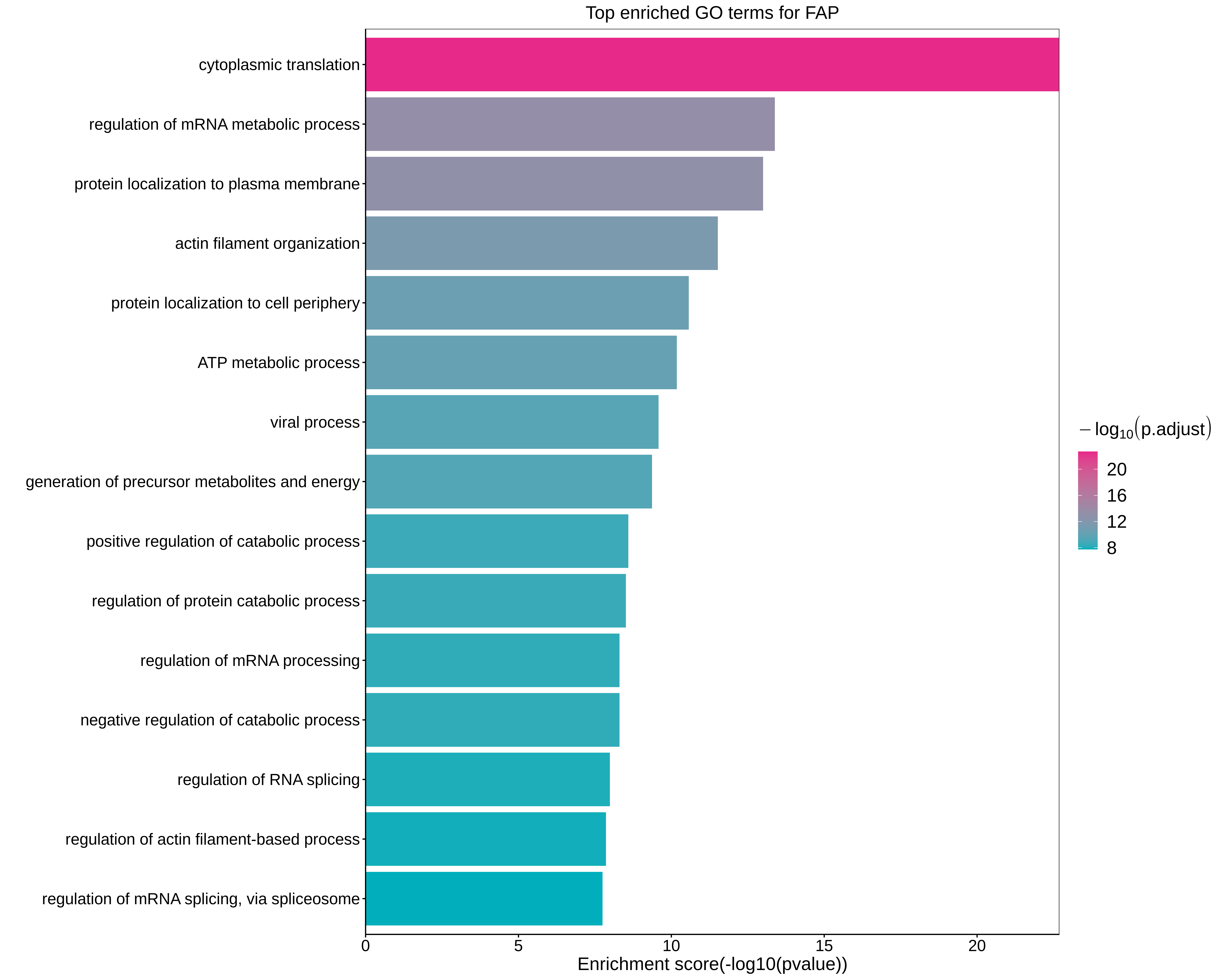
 Identification of potential cell-cell interactions between two cell types and their ligand-receptor pairs for different disease states
Identification of potential cell-cell interactions between two cell types and their ligand-receptor pairs for different disease states Find out the significant the regulons (TFs) and the target genes of each regulon across cell types for different disease states
Find out the significant the regulons (TFs) and the target genes of each regulon across cell types for different disease states Annotation of somatic variants for genes involved in malignant transformation
Annotation of somatic variants for genes involved in malignant transformation Identification of chemicals and drugs interact with genes involved in malignant transfromation
Identification of chemicals and drugs interact with genes involved in malignant transfromation








